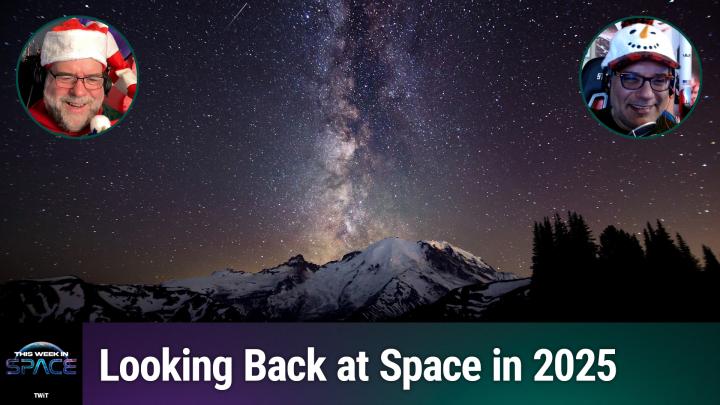Atlas V rocket launch of US military space mission delayed to Tuesday. How to watch live.
Liftoff is now set for for 4:04 a.m. EDT (0904 GMT) on Tuesday (Dec. 7).

Update for 9: 20 a.m. ET, Dec. 6: The United Launch Alliance has postponed the launch of the Space Test Program 3 mission STP-3 for the U.S. Space Force to no earlier than Tuesday, Dec. 7 due to continuing work regarding a leak in an Rocket Propellant-1 (RP-1) ground system storage tank. Liftoff is set for 4:04 a.m. EST (0904 GMT) on Dec. 7.
CAPE CANAVERAL, Fla. — United Launch Alliance (ULA) will launch an Atlas V rocket into space early Sunday morning (Dec. 5), and you can watch the action live online.
The two-stage rocket is scheduled to blast off from Space Launch Complex 41 here at Cape Canaveral Space Force Station at 4:04 a.m. EST (0904 GMT), carrying a mix of payloads for the U.S. Space Force on a mission called STP-3 (Space Test Program-3).
You can watch the rocket launch Sunday here at Space.com, courtesy of ULA, or directly via the company.
Related: The history of rockets
The 196-foot-tall (59.7 meters) rocket is set to launch in its most hefty configuration: the 551. This means that the rocket is powered by five strap-on solid rocket motors, a single-engine Centaur upper stage, and its payload is tucked inside a 16.4-foot-wide (5 m) fairing.
This version of the Atlas V has launched a number of high-profile payloads over the years, including NASA's Curiosity and Perseverance Mars rovers.
Breaking space news, the latest updates on rocket launches, skywatching events and more!
The rocket rolled out to its launch pad on Friday (Dec. 3), making the 1,800-foot (550 m) journey from ULA's vertical integration facility to the pad.
Tucked inside the payload fairing are two satellites, each containing a host of technological prototypes and experiments that will be tested in orbit.
Most of the payloads, which are sponsored by the U.S. military's Space Test Program — a department dedicated to overseeing the Department of Defense's space-related activities — are classified. However, the larger of the two satellites, known as STPSat-6, is also carrying a novel laser communication payload for NASA.
Also on board is a payload for the National Nuclear Security Administration that is designed to detect nuclear detonations from space.
The smaller "rideshare" satellite, known as LDPE-1 (Long Duration Propulsive EPSA spacecraft), will test a propulsion system in space and other technologies as well.
Sunday morning's launch will be the 190th overall flight for ULA and the company's longest mission to date, according to ULA representatives.
"STP-3 is a unique mission, as the Atlas V will deliver STP-3 directly into Geosynchronous Equatorial Orbit (GEO). This is a highly complex orbital insertion that requires three Centaur burns and precise navigation, a capability unique to the Atlas V," Gary Wentz, ULA vice president of government and commercial programs, said in a statement. "This is our longest mission to date, at seven hours and 10 minutes until final spacecraft separation."
The launch comes on the heels of SpaceX's 27th rocket launch of the year, which blasted off from an adjacent pad on Thursday night (Dec. 2) and delivered 50 satellites to orbit, including 48 of the company's Starlink internet craft.
Forecasters at the 45th Space Delta have said that there's a 90% chance of favorable conditions for an on-time liftoff in the early morning hours on Sunday. The weather deteriorates slightly on Monday (Dec. 4) for a planned backup attempt if need be.
Follow us on Twitter @Spacedotcom or on Facebook.

Amy Thompson is a Florida-based space and science journalist, who joined Space.com as a contributing writer in 2015. She's passionate about all things space and is a huge science and science-fiction geek. Star Wars is her favorite fandom, with that sassy little droid, R2D2 being her favorite. She studied science at the University of Florida, earning a degree in microbiology. Her work has also been published in Newsweek, VICE, Smithsonian, and many more. Now she chases rockets, writing about launches, commercial space, space station science, and everything in between.
